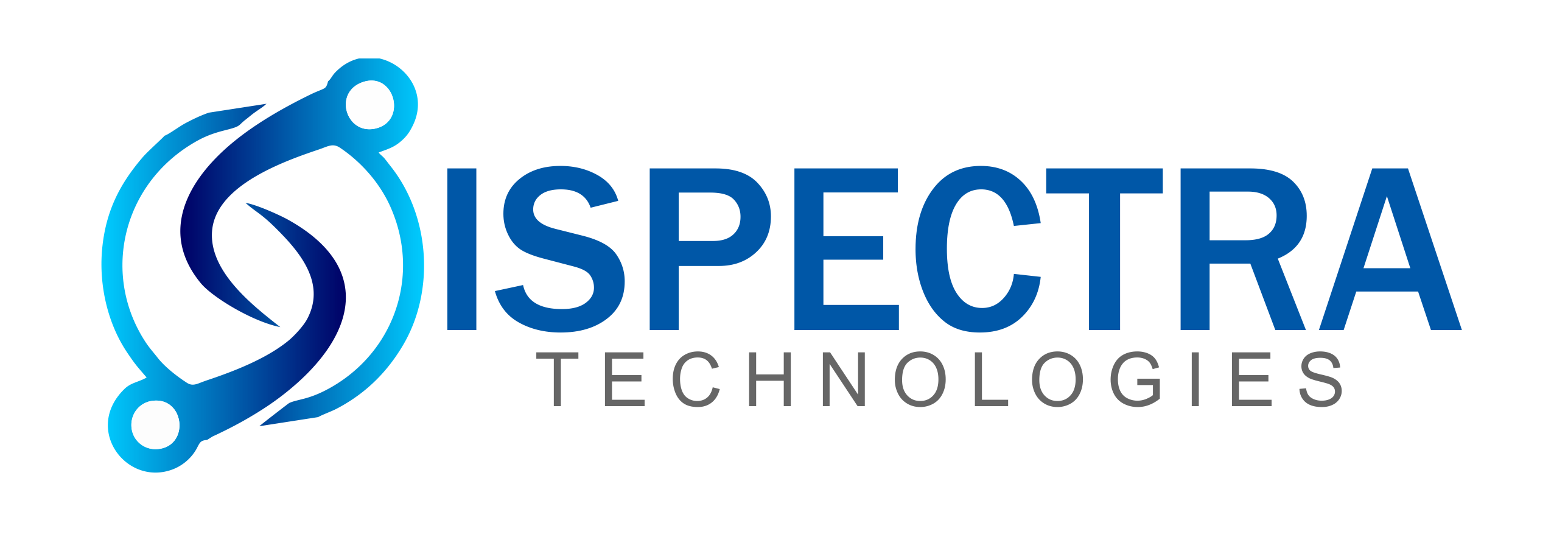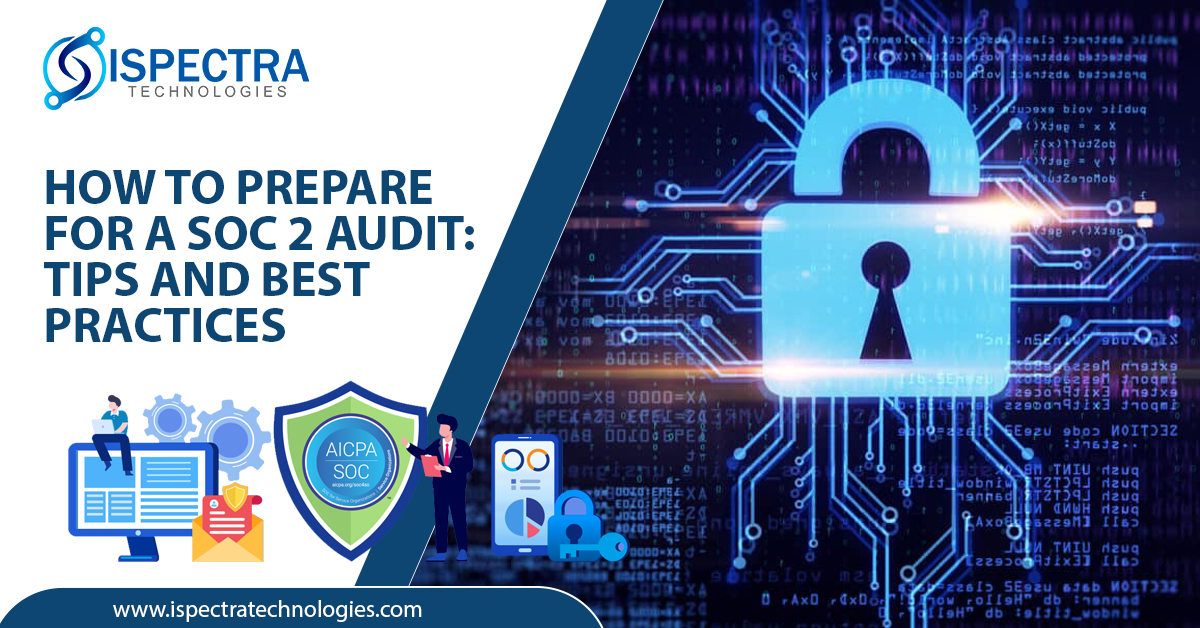Ensuring your business’s security and compliance is crucial, especially when handling sensitive customer information. Achieving SOC 2 compliance is a significant milestone that showcases your commitment to security and trust. However, preparing for a SOC 2 audit can seem daunting. Don’t worry—we’ve got you covered with practical tips and best practices to help you navigate the process smoothly.
What is SOC 2, and Why Does It Matter?
SOC 2, or Service Organization Control 2, is a rigorous auditing process established by the American Institute of Certified Public Accountants (AICPA). It evaluates a company’s controls related to security, availability, processing integrity, confidentiality, and privacy. Essentially, it assures your clients that you are taking the necessary steps to protect their data. A SOC 2 audit and report are essential for building trust with your clients and maintaining a competitive edge in the market.
Steps to Prepare for a SOC 2 Audit
-
Define Your Scope
First, determine which of the five Trust Service Criteria (security, availability, processing integrity, confidentiality, and privacy) are relevant to your organization. This decision should align with your business operations and customer expectations. Most companies start with the Security criterion as it is a fundamental aspect of SOC 2.
-
Conduct a Readiness Assessment
A readiness assessment helps identify gaps between your current practices and SOC 2 requirements. This involves a thorough review of your existing controls, policies, and procedures. Consider engaging with one of the top SOC 2 audit firms for an objective evaluation and to gain valuable insights into areas needing improvement.
-
Develop and Implement Policies and Procedures
Having clear and comprehensive policies is essential. Document protocols covering all relevant aspects of the Trust Service Criteria. Focus on access controls, data encryption, incident response, and risk management. Ensure these documents are accessible to all employees and regularly updated to reflect any changes in regulations or business operations.
-
Strengthen Your Internal Controls
Effective internal controls are critical for passing a SOC 2 audit. Regularly review and test these controls to ensure they are operating as intended. Using automation tools can help streamline this process, providing real-time monitoring and reporting.
-
Train Your Team
Your employees play a crucial role in maintaining SOC 2 compliance. Provide regular training to ensure everyone understands the importance of SOC 2 and their role in upholding its standards. Training should cover data security best practices, incident reporting procedures, and specific company policies.
-
Implement Continuous Monitoring
Continuous monitoring is key to maintaining SOC 2 compliance. Use tools that provide real-time visibility into your security posture, detecting and alerting you to potential issues before they escalate. Regular audits of your monitoring systems will help ensure they remain effective and aligned with SOC 2 standards.
-
Engage with a Qualified Auditor
Selecting the right auditor is crucial for a successful SOC 2 audit. Look for SOC 2 audit firms with experience in your industry and a thorough understanding of SOC 2 requirements. A qualified auditor will guide you through the process, helping you understand the criteria and providing feedback for continuous improvement.
Best Practices for SOC 2 Compliance
-
Foster a Culture of Security
Compliance is an ongoing effort. Cultivating a culture that prioritizes security and compliance will help ensure sustained adherence to SOC 2 standards. Encourage employees to adopt security best practices and make compliance part of your organizational ethos.
-
Leverage Technology
Use technology solutions to streamline your compliance efforts. Security Information and Event Management (SIEM) systems, automated compliance tools, and cloud security platforms can enhance your ability to monitor, detect, and respond to security threats efficiently.
-
Document Everything
Detailed documentation is critical for demonstrating compliance. Maintain records of all policies, procedures, internal controls, and training activities. This documentation will be invaluable during the audit and for future compliance efforts.
-
Stay Informed
The regulatory landscape is constantly evolving. Stay informed about changes in SOC 2 requirements and emerging security threats. Regularly review and update your policies, procedures, and controls to ensure they remain effective and relevant.
-
Perform Regular Internal Audits
Conducting regular internal audits helps identify potential compliance issues before an external audit. Internal audits provide an opportunity to review and refine your controls, ensuring they meet SOC 2 standards.
Conclusion
Preparing for a SOC 2 audit requires careful planning, diligent execution, and a commitment to continuous improvement. By following these steps and best practices, your organization can achieve SOC 2 compliance, demonstrating your dedication to protecting customer data and maintaining high standards of security and privacy. Remember, SOC 2 compliance is not just about passing an audit but about fostering a culture of trust and security that benefits your business and clients in the long term.
At Ispectra Technologies, we specialize in guiding businesses through complex compliance landscapes with tailored solutions and expert support. Contact us today to learn how we can help you achieve SOC 2 compliance and strengthen your security posture.

